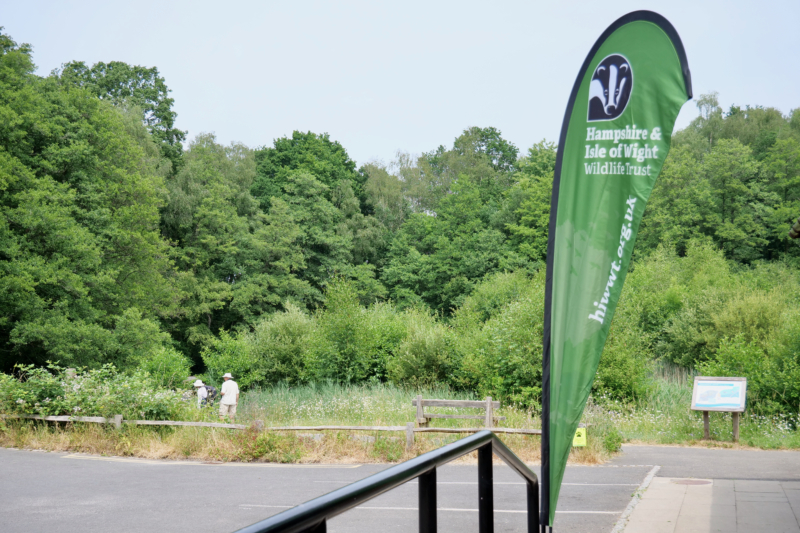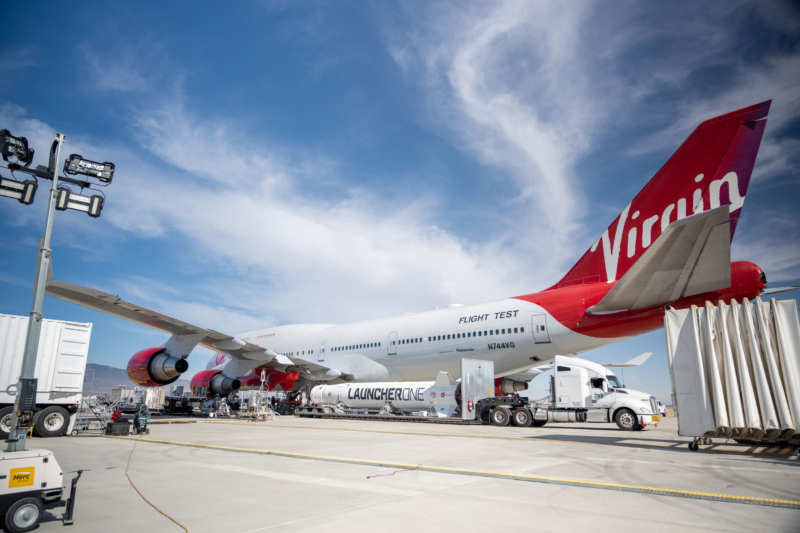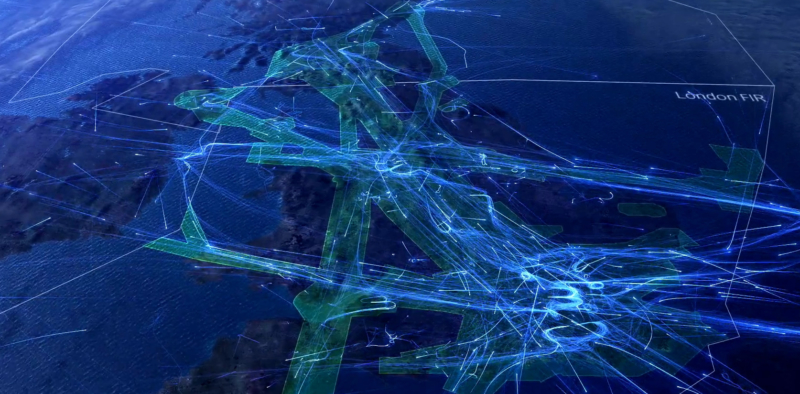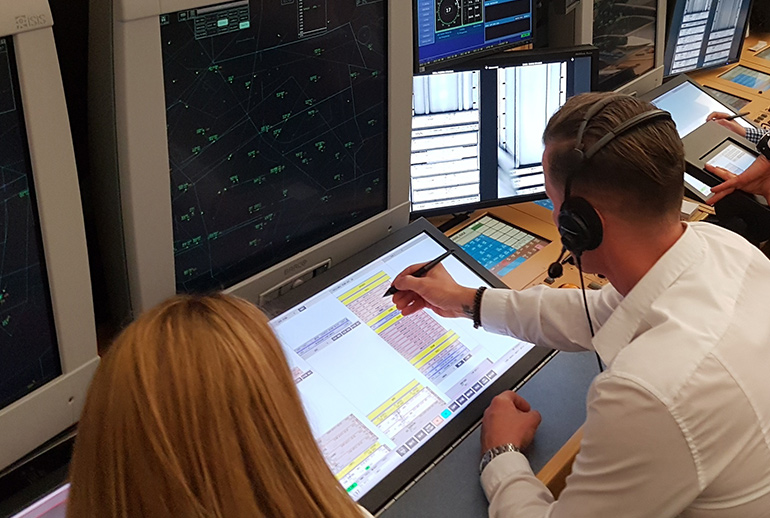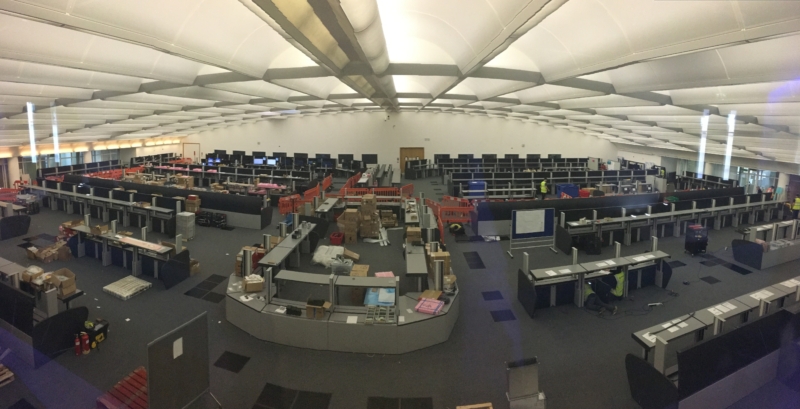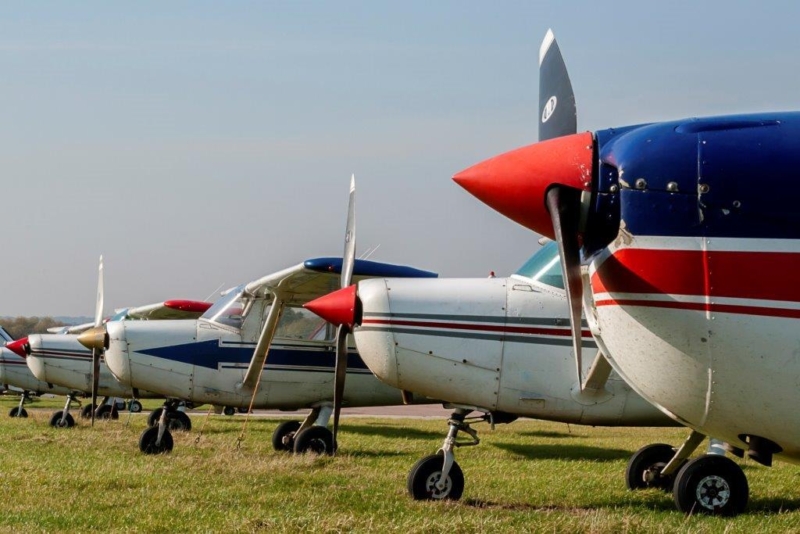Swanwick
Toad rescue at Swanwick Lakes
15 April 2024Springtime is always busy for us at the Swanwick Lakes Nature Reserve. But there’s another milestone that’s marked at this time of year, the start of breeding season for our frogs and toads. However, sometimes they need a helping hand getting back to the body of water they’re trying to return to.
Looking to a wilder future at Swanwick Lakes
4 August 2023Jess Parsons is the Wilder Schools and Communities Officer for HIWWT at Swanwick Lakes. She has written a guest blog for NATS.
Preparing for a UK space launch
11 January 2023As we’ve all been avidly following in the news, Virgin Orbit has just attempted the first orbital space launch from the UK, an important milestone for the country’s space industry, despite the anomaly that occurred after the rocket had left the Earth’s atmosphere. While public attention has largely been on the development of the rocket and its payload, we have been working hard in the background for over a year, along with partners across multiple countries, to ensure that the necessary airspace was clear for the launch.
Planning for a busy summer
23 May 20192018 was the busiest summer on record for air traffic in Europe with peaks of 37,000 flights a day and 2019 is expected to be even busier. Unfortunately last summer also saw some of the worst air traffic delays throughout the continent, caused largely by airspace capacity constraints and staff shortages.
Preparing for a challenging transition
3 April 2018Starting tomorrow, the sectors that control Heathrow, Gatwick and the airspace to the South and South-East of these airports will switch over to EXCDS. This is obviously a particularly busy area of airspace, covering the approach function for the UK’s two busiest airports.
My story – Being an Air Traffic Controller #OurAmazingEveryday
14 February 2018Ever since I can remember I’ve been interested in aviation. I originally had plans to become a pilot, but after studying Aeronautical Engineering, I looked into Air Traffic Control and was instantly interested.
Last month we welcomed representatives from the Department for Transport (DfT) and the European Commission’s Innovation and Networks Executive Agency (INEA) to our Swanwick Centre to see some of the work we’re doing to modernise our ATM systems as part of the SESAR (Single European Sky ATM Research) programme.
With traffic forecast to grow significantly over the next decade and ongoing pressures to improve environmental performance and reduce costs whilst maintaining safety, we need to change the way we manage air traffic in the UK.
Listening Squawk, Monitor Code or Frequency Monitor Code? Here’s the lowdown on how and when to use them…
7 July 2017Frequency Monitor Codes (FMCs) have now been in use in the UK for over 10 years and they’ve collected a range of names during that time such as Listening Squawks and Monitor Codes but they are all actually referring to the same thing.
Pilots are encouraged to use a FMC when they are flying outside controlled airspace, but close to controlled airspace boundaries, in order to increase situational awareness and help to combat infringements.
Phone a friend: NATS FISOs are on hand to help
23 June 2017Both London and Scottish Flight Information Services (FIS) provide assistance to General Aviation (GA), Military and Commercial Aircraft within the Class G airspace, outside of controlled airspace, covering the whole of the UK. Pilots don’t have to call and use the service, but here’s some information on why we think you should consider it….

